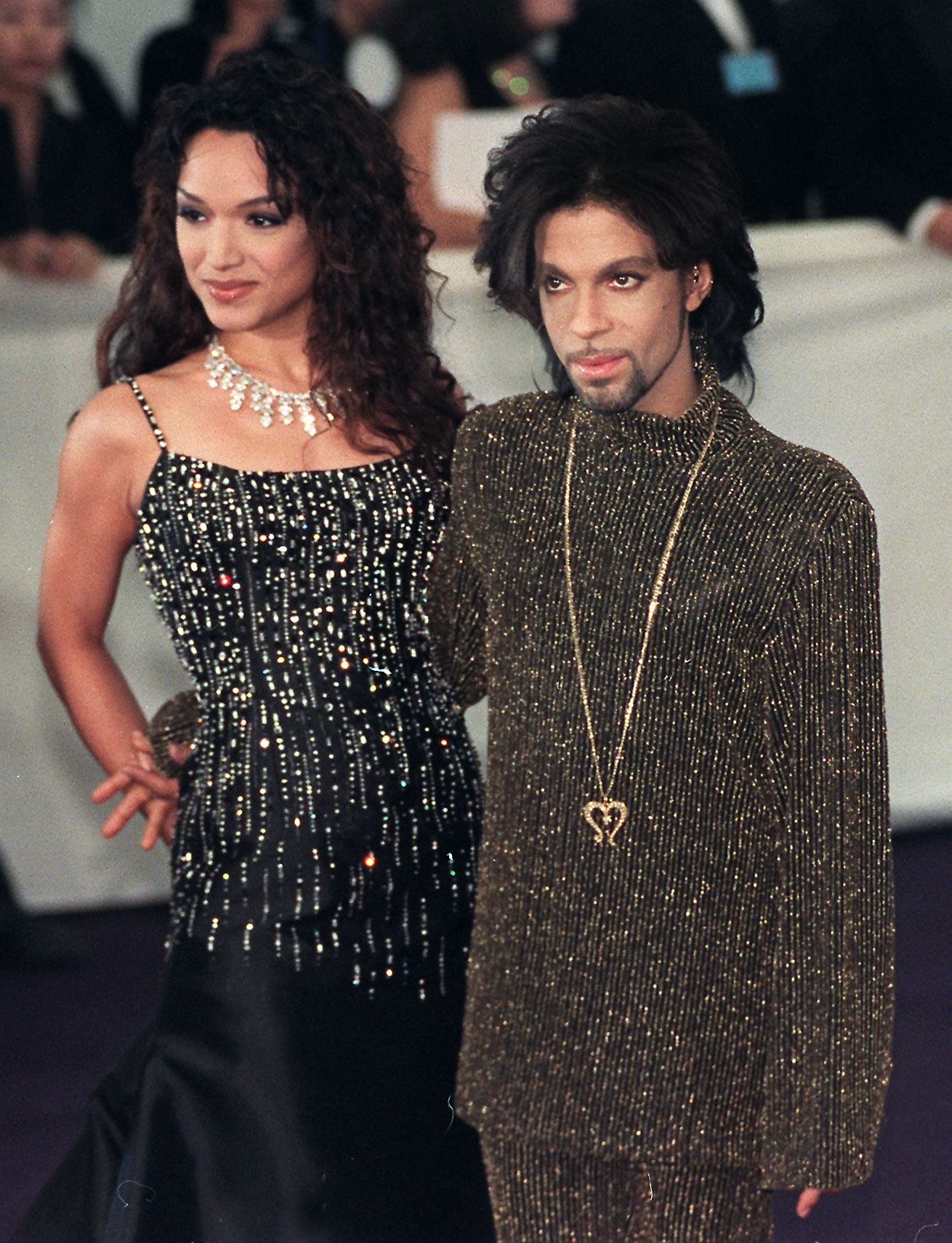
[brightcove:5019180528001 default]
This article originally appeared on Health.
A new memoir by Prince’s ex-wife Mayte Garcia, excerpted by People, reveals that the couple’s infant son—who died in 1996 at just 6 days old—had Pfeiffer syndrome type 2, a rare genetic disorder that can cause skeletal deformities and respiratory problems.
Pfeiffer syndrome affects about 1 in 100,000 babies, according to the National Institutes of Health, and is caused by a mutation in one of two genes involved in prenatal bone development. As a result of this mutation, bone production speeds up and bones in the skull fuse together prematurely.
“In babies, the cranial bones of the skull are supposed to be free from each other so they can continue to grow,” explains Jose Cordero, MD, department head of epidemiology and biostatistics at the University of Georgia and former director of the National Center for Birth Defects and Developmental Disabilities. “When this happens earlier than it should, that leads to a very abnormal head shape and facial shape.”
Babies with Pfeiffer syndrome can be born with bulging, wide-set eyes, a high forehead and sunken mid-face, and a beaked nose. Their fingers and toes may also be webbed, or unusually short and wide. In the excerpt of Garcia’s memoir, she describes her newborn son’s face: “Because there were no lids to blink, his eyes looked startled and dry.”
There are three types of Pfeiffer syndrome: type 1 is generally a milder form, while types 2 and 3 are more severe. Babies with type 2 have what’s known as a clover-leaf skull, in which the bones of the head resemble a tri-lobed clover shape.
Most babies do not die from Pfeiffer syndrome, and many babies with type 1 grow up to have a normal lifespan and normal intelligence. But many will also require extensive surgeries to correct their skeletal abnormalities and facial disfigurements, and some can also have hearing loss or dental problems.
But type 2 is the most dangerous form of the syndrome. “When the head is tremendously misshapen, it can affect not only the skull but also the respiratory system and the trachea,” says Dr. Cordero. People reported that after baby Amiir was born, he struggled to breathe and doctors recommended a tracheotomy.
Pfeiffer syndrome is what’s known as an autosomal dominant disorder, which means that either parent can pass the mutation onto their children. “But what is intriguing is that the mother or father may have very little symptoms and still carry the gene, while the baby is more severely affected,” says Dr. Cordero.
If one parent has Pfeiffer syndrome, there is a 50% chance that each child will be born with it. It can also be the result of a new mutation in which neither the mother nor the father is a carrier. According to the National Organization for Rare Disorders, new mutations are responsible for nearly all instances of Pfeiffer syndrome type 2 and type 3, and babies with older dads seem to be at increased risk of these random gene changes.
In her memoir, Garcia says that when she started bleeding during her pregnancy, her doctor recommended an amniocentesis, a procedure that could determine more about the health of the her unborn baby, but carried a slight danger of miscarriage. Prince refused to take the risk, she writes. So while doctors suspected the baby may have genetic abnormalities, they didn’t know for sure until he was born. Dr. Cordero says that this is the case with most Pfeiffer syndrome babies: the condition is difficult to diagnose via ultrasound, so most remain undiagnosed until birth.
Subscribe to our daily newsletter for the latest in hair, beauty, style and celebrity news.
Erica Mossholder, executive director of the nonprofit Children’s Craniofacial Association (CCA), says that treatment and surgical options for Pfeiffer syndrome have advanced greatly in recent years. “What was certainly a tragedy in Prince’s case is not always the end result,” she told Health via email. “So many of our children go on to live full, exciting lives.”
CCA provides financial assistance to help families get the life-saving and life-altering surgeries needed for children with Pfeiffer syndrome and related conditions. “The journey is always scary at first,” Mossholder says. “But with a medical team and a support network in place, life can be lived to the fullest and there is certainly hope and joy for these children and their families.”